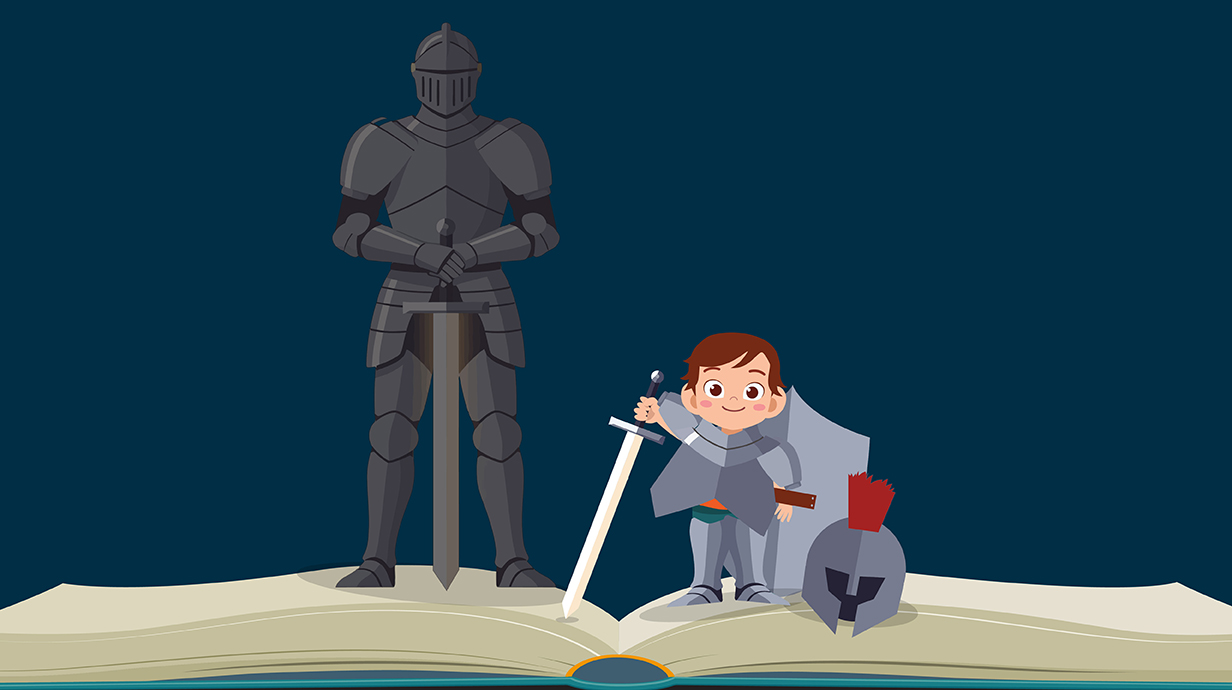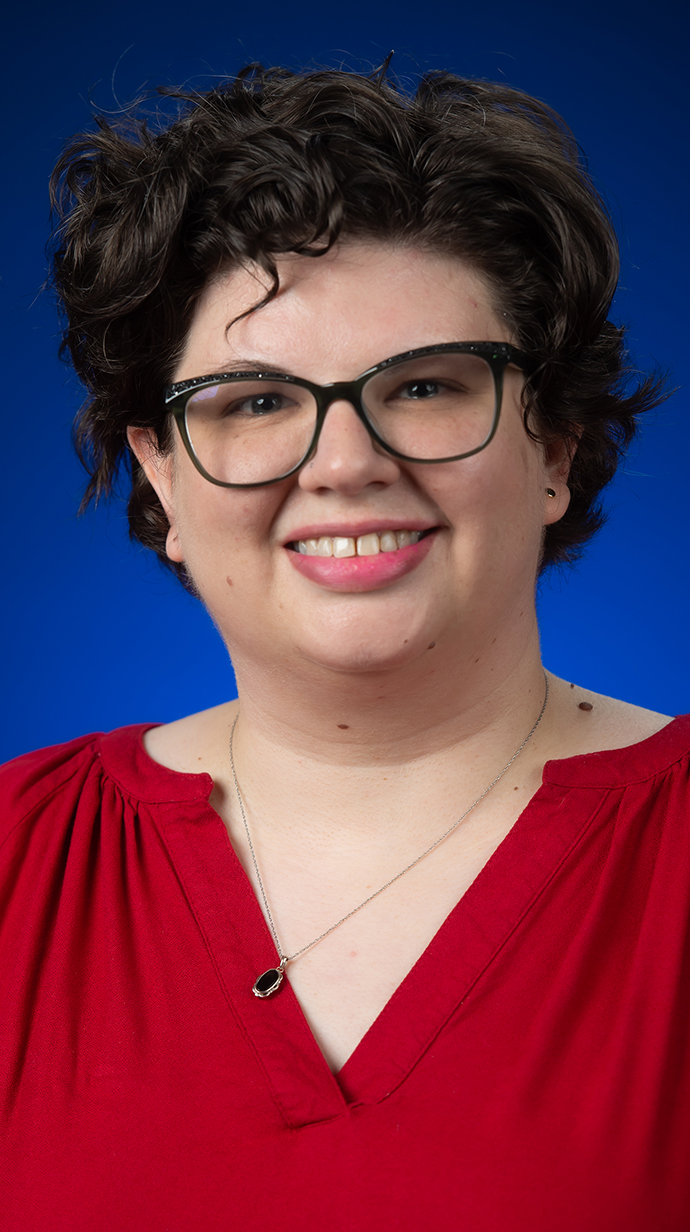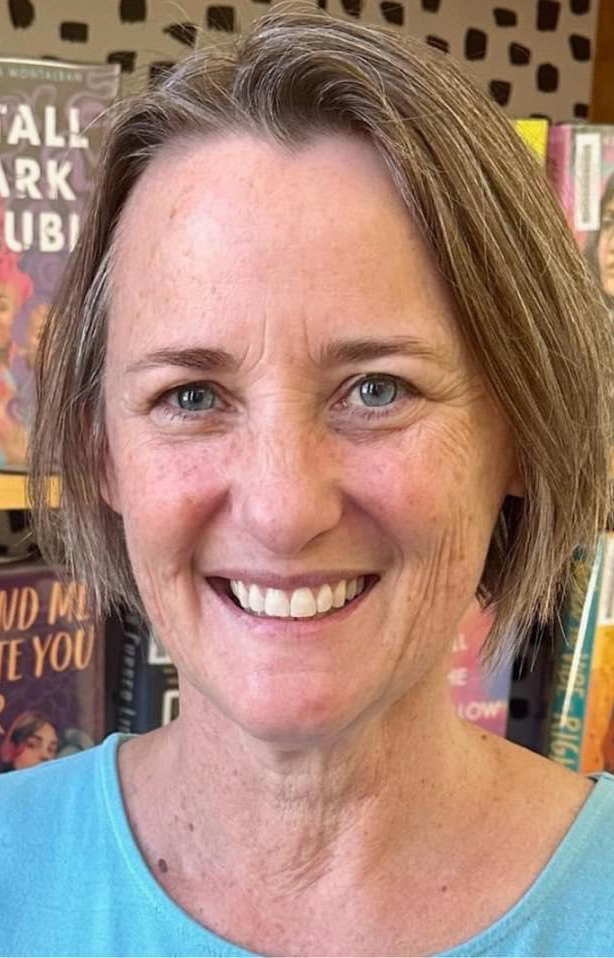Young Adult Literature is Not as Young as It Used to Be
Older characters may be pushing out younger readers, study finds

OXFORD, Miss. – Despite its name, the young adult genre is increasingly dominated by stories about older teens and even adults. But as protagonists get older, younger readers are getting left behind, a University of Mississippi study indicates.
Ally Watkins, research and instruction librarian at the J.D. Williams Library, published her research into the increasing age of young adult protagonists in the New Review of Children's Literature and Librarianship.
"I think it's important for any reader to see themselves in a book, whether that be through age or ethnicity or interest or culture," she said. "But there's a huge difference in what a 17-year-old is going through and what a 14-year-old is going through, and if the 14-year-old can't relate to the characters, they might give up. That's not what we want."
Watkins reviewed 10 years of New York Times bestselling young adult novels and found that protagonists are more likely to be 17 years old or older, with fewer and fewer novels focusing on characters in the 13- to 15-year-old range.

Librarians have been talking about the aging protagonist problem for years, but they have not had research to back up that anecdotal claim, Watkins said.
"I worked in public libraries for a really long time in youth services," she said. "So, my colleagues and I were ordering books and reading the galleys, and we saw this problem in real time.
"One of the things we kept asking ourselves was, 'Are we losing our younger readers because of this?'"
During her research, Watkins said she frequented her local library, the Lafayette County and Oxford Public Library, to review the books on the bestseller list. During those visits, she spoke often with Meridith Wulff, head librarian, about the problem.
Wulff said she and Erica Brady, the library's youth specialist, have noticed young teenagers and their guardians looking for books that fall between middle-grade and young adult genres, since the young adult section often features more mature themes and older characters.
"So much of the research shows how important it is for kids to see themselves reflected in the books they read, and that includes books with characters that share traits like their age," Wulff said. "When young people read about characters similar to themselves, it validates their own lived experiences and helps them feel less alone.
"It also plays a huge role in developing empathy, especially when a character shares their age but has a different background or experience."
Watkins harkened back to the heyday of young adult novels – the early 2000s and 2010s – when bestsellers such as an 11-year-old Harry Potter sat on the shelves alongside Louis Lowry's 12-year-old protagonist in "The Giver." Even Stanley Yelnats, the main character in "Holes" by Louis Sachar, is 14.
More contemporary bestsellers – including Adam Silvera's "They Both Die at the End," Angie Thomas' "The Hate U Give" or Kristen Ciccarelli's "The Heartless Hunter" – feature main characters who are 17 or older.

As the young adult genre has spiked in recent years, so too has the age of its readers. According to publishing trends, YA titles with older protagonists often sell better, particularly among adult readers, and more than a quarter of young adult genre readers are 28 or older.
These older readers could be driving the trend in older protagonists, Watkins said.
"It's not really clear why protagonists are getting older, but I think many of the people who were reading YA back in the 2010s are still reading YA now," Watkins said. "And that's great – everybody should be able to read whatever they want.
"But I think when adult readers are influencing the market for younger people, that's where there's a problem."
For librarians, educators and parents, the shift means that choosing a book for a young teen may be a little more difficult than simply referring to the category.
"One of the five laws of librarian science is 'for every book its reader,'" Watkins said. "People who work with young readers just need to be aware of the trends so that they can personalize their reading recommendations and make sure that the right book is reaching the right reader.
"If younger readers want to read up, that's great. But if a younger reader wants to read a book about a 14-year-old, I want that to be available for them, too."
Top: UM researcher Ally Watkins surveyed New York Times bestselling books and found that protagonists in the young adult genre are not that young anymore. As main characters grow older – possibly accommodating older readers – Watkins fears younger readers may get left behind. Graphic by Jordan Thweatt/University Marketing and Communications
By
Clara Turnage
Campus
Office, Department or Center
Published
July 07, 2025
